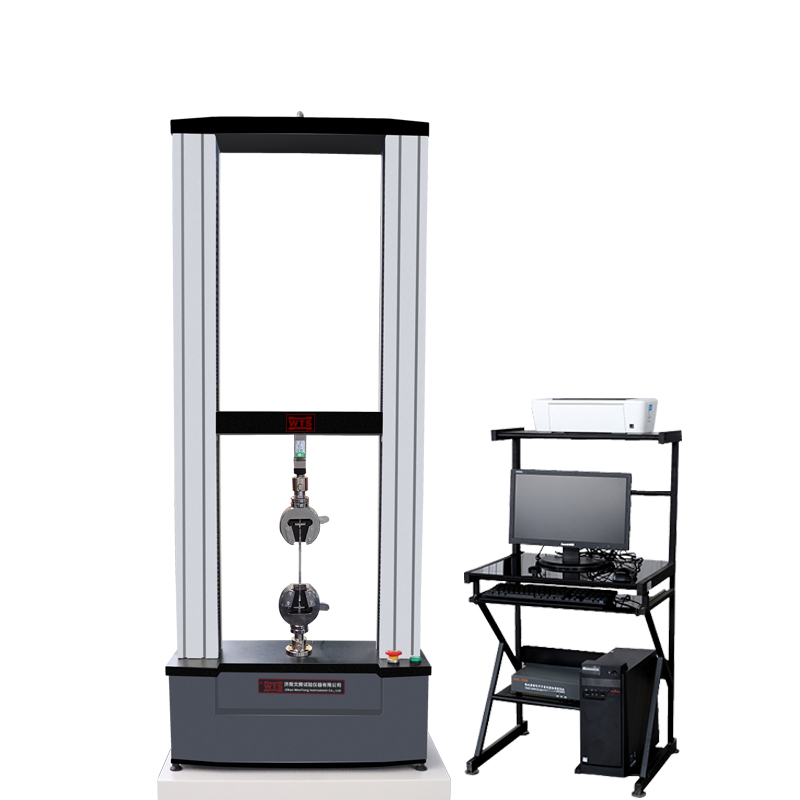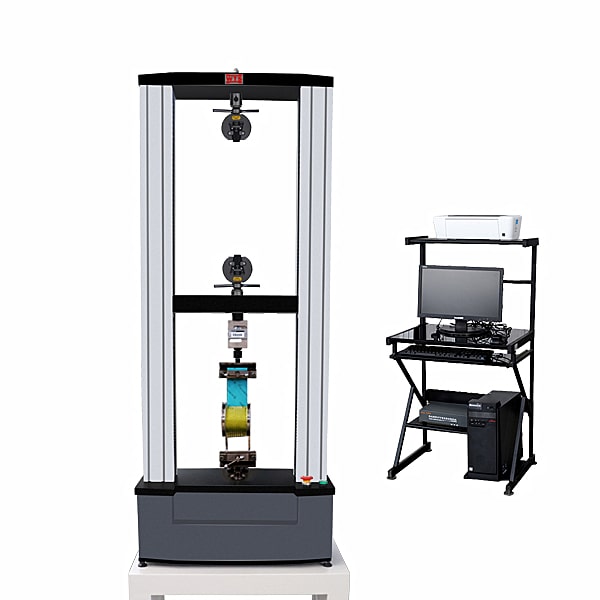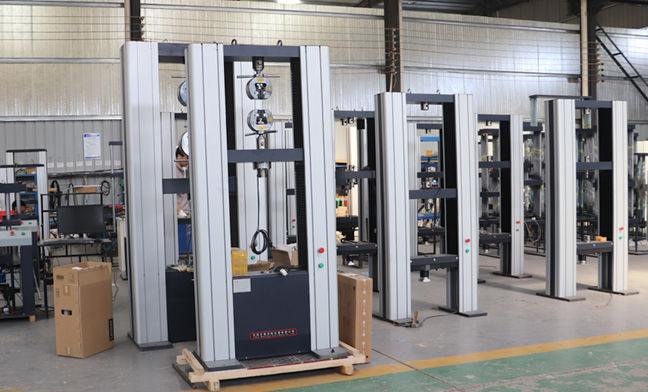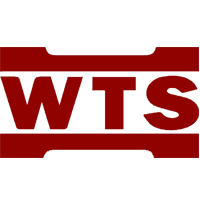A Universal Testing Machine (UTM) and a Compression Testing Machine (CTM) are both essential laboratory instruments for evaluating the mechanical properties of materials under load. However, they serve different primary functions and are optimized for distinct types of tests.
Universal Testing Machine (UTM)
Performs tensile, compression, bending, shear, and even peel tests.
Ideal for metal, plastic, rubber, composite, and fiber testing.
Highly configurable: change grips and fixtures to accommodate diverse specimens.
Programmable load profiles allow complex test sequences (e.g., cyclic fatigue, creep).
Compression Testing Machine (CTM)
Specializes exclusively in compression and crush tests.
Commonly used for concrete, rock, foam, brick, and other brittle or porous materials.
Simplified frame and hydraulic system optimized for high‑capacity compressive loads.
Key Similarities Between Universal Testing Machines and Compression Testing Machines
Despite their specialized roles, UTM and CTM share a common foundation in how they measure material behavior under load. Below are their core similarities:
High‑Precision Load Measurement
Both machines rely on force transducers (load cells) with accuracies often within ±0.5% of reading.
Real‑time digital readings of load and displacement ensure reliable data for stress–strain analysis.
Automated Control Systems
Modern UTMs and CTMs include PC‑based software or built‑in controllers.
Users program loading rates, hold times, and safety limits.
Data acquisition modules capture force, displacement, strain, and more.
Compliance with International Standards
Compatible with ASTM, ISO, GB/T, and EN standards (e.g., ASTM E8 for tensile, ASTM C39 for concrete compression).
Calibration routines and verification protocols align with laboratory accreditation requirements (ISO/IEC 17025).
Safety Features and Ergonomics
Overload protection, emergency‑stop buttons, and mechanical limit switches protect specimens and operators.
Touchscreen Human‑Machine Interfaces (HMIs) or intuitive PC GUIs make setup quick and error‑free.
Versatile Applications Across Industries
Aerospace, automotive, construction, plastics, packaging, biomedical, and more.
Both UTM and CTM can be found in R&D labs, QA/QC departments, and materials certification facilities.

Major Differences: UTM vs CTM in Performance, Design, and Cost
Below is a detailed comparison to help you decide between a Universal Testing Machine and a Compression Testing Machine based on your specific application needs.
| Feature | Universal Testing Machine (UTM) | Compression Testing Machine (CTM) |
|---|---|---|
| Primary Test Modes | Tensile, compression, bending, shear, peel | Compression, crush, flexural (limited) |
| Load Capacity Range | 0.5 kN to 3,000 kN (custom up to 5,000 kN+) | 5 kN to 1,000 kN (specialized up to 2,000 kN) |
| Frame Configuration | Two‑column or four‑column load frames | Two‑column, reinforced for compressive loads |
| Fixture Variety | Wide array: wedge grips, extensometers, bending fixtures, shear blades | Compression platens, concave molds, spherical seats |
| Control Complexity | Multi‑axis profiles, cyclic loading, creep testing | Single‑axis compression, step loading |
| Typical Industries | Metals, polymers, composites, textiles, rubber | Concrete, rock, ceramics, foams, bricks |
| Footprint & Weight | Larger footprint; heavier due to modularity | More compact; optimized for vertical load only |
| Software Features | Advanced analysis: stress–strain curves, modulus calculation, fatigue life prediction | Focused reports: compressive strength, load–deformation graphs |
| Maintenance Requirements | Periodic calibration of multiple transducers; software updates | Calibration of one primary transducer; simpler hydraulics |
| Average Price (USD) | $30,000 – $500,000+ | $15,000 – $200,000 |
Design and Structural Differences
UTM Frames – Often modular: add columns or extend crossheads to test long specimens. Four‑column designs minimize frame deflection for high‑precision tensile tests.
CTM Frames – Engineered for maximum rigidity in vertical compression. Fewer moving parts reduce maintenance and improve repeatability over high‑volume batches.
Software and Reporting
UTM Software – Typically includes modules for tensile, compression, bend, shear, peel, dynamic fatigue, and creep. Exports data in CSV, PDF, and XML for easy integration with LIMS.
CTM Software – Streamlined for compressive strength calculations, concrete cylinder reports, and unlimited batch testing with barcode/RFID specimen tracking.
Cost Considerations
UTM Investment – Higher due to multi‑function capability, precision accessories, and advanced software. Ideal for R&D where versatility is paramount.
CTM ROI – Faster payback in manufacturing and QC settings focused solely on compressive testing of routine specimens (e.g., concrete cylinders, foam panels).

How to Choose: UTM or CTM?
Versatility vs. Specialization
If your lab tests multiple load modes (tensile, bending, shear), go for a UTM.
If you only perform compressive strength tests (e.g., concrete, rock), a CTM delivers better throughput.
Budget and Throughput
CTM typically costs 30–50% less than an equivalent‑capacity UTM.
Higher throughput CTMs with automated specimen changers can further reduce per‑test cost.
Space Constraints
A compact CTM takes up less floor space than a multi‑column UTM configured for long specimens.
Compliance & Accreditation
Both systems meet international standards; verify that the chosen model has the specific ASTM/ISO certifications your industry requires.
Future Expansion
If you foresee adding fatigue or creep testing, a modular UTM can be upgraded with minimal downtime.









